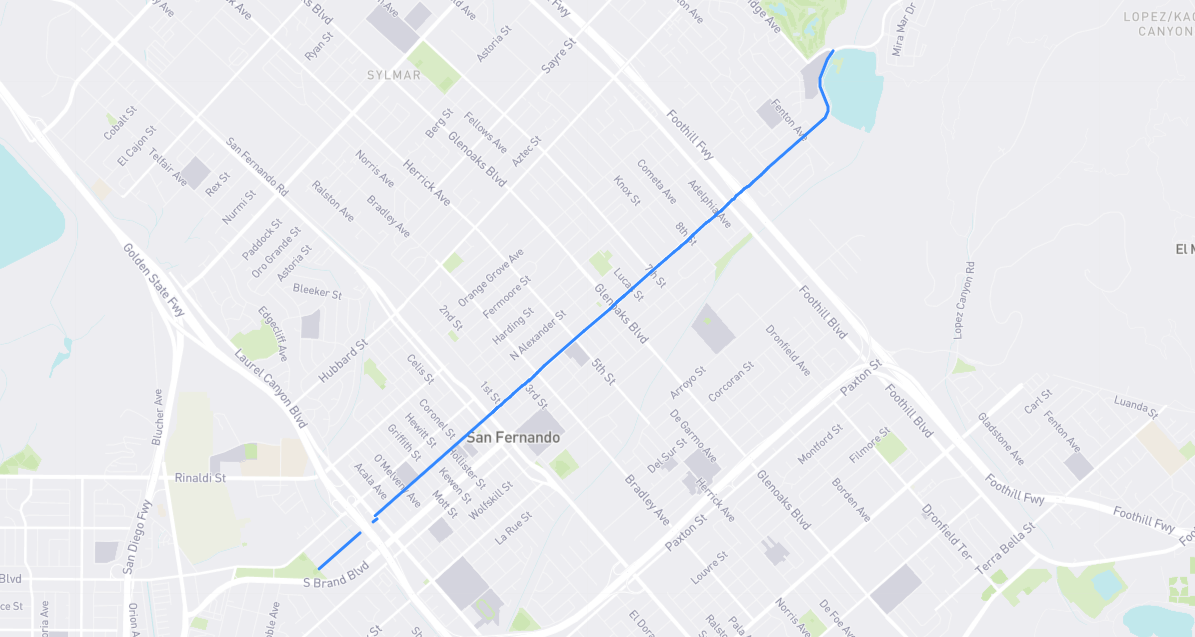Charles Maclay (1822-1890), founder of the city of San Fernando, was a Methodist pastor from Pennsylvania. In 1851, he and his new bride Catherine Paxton Maclay moved to Santa Clara, CA to build a church. (It was the Wild West: Maclay allegedly shot a heckler to death during a San Francisco street sermon.) A flair for fundraising led Maclay into politics and he served on the California state legislature from 1861 until 1872. Two years later, he came to the north San Fernando Valley and purchased 56,000 acres of ranch land from the heirs of Eulogio de Celis. It was a great deal, but he couldn’t afford it by himself, so he borrowed money from Leland Stanford and partnered with George and Benjamin Porter, wealthy cousins who ran a tannery near Santa Cruz, who each walked away with a third of the land. (Porter Ranch would emerge from Benjamin’s share 90 years later.) At the core of Maclay’s portion was his own new city: San Fernando. In 1885, more engaged in town building than in ranching, he sold 20,000 adjoining acres to a syndicate that included Judge Robert M. Widney, Hugh L. Macneil, John K. Alexander, and George C. Hagar. That same year, Maclay established what would ultimately become the Claremont School of Theology. But for all his piousness, his legacy is tainted by his forced evictions of local Tataviam (a.k.a. Alliklik) tribespeople, in spite of their ancient claims to “his” land. For this reason, some have demanded this street be renamed.
Find it on the map:

